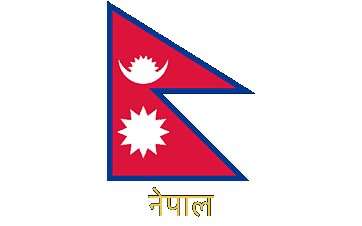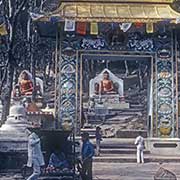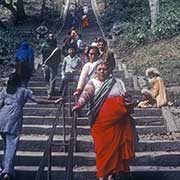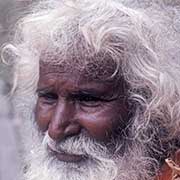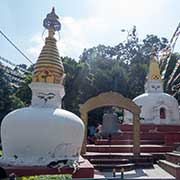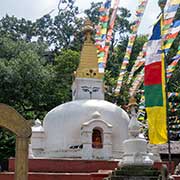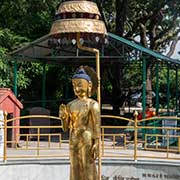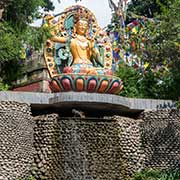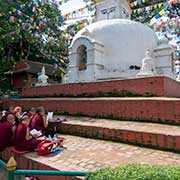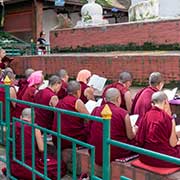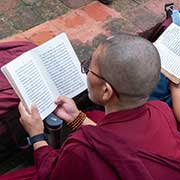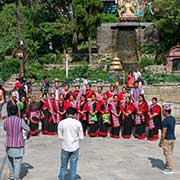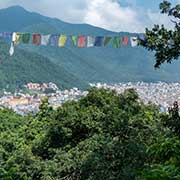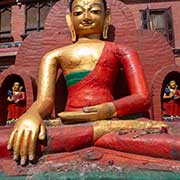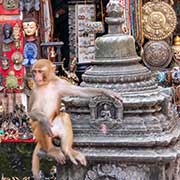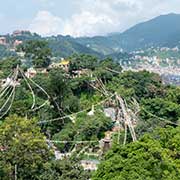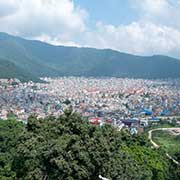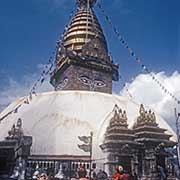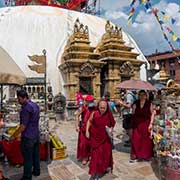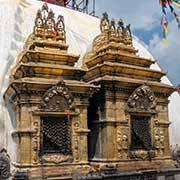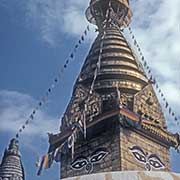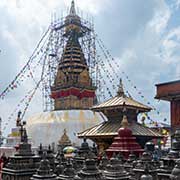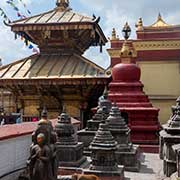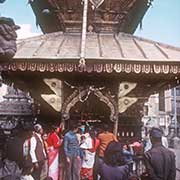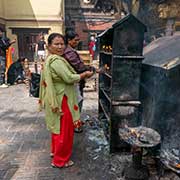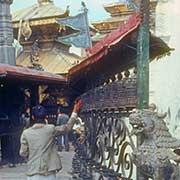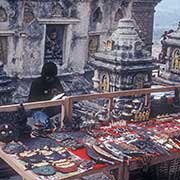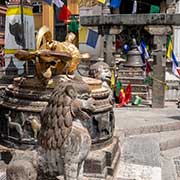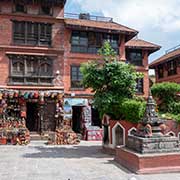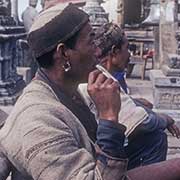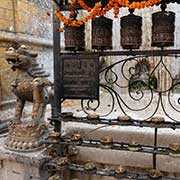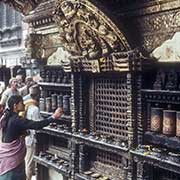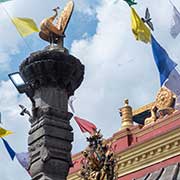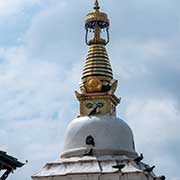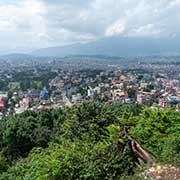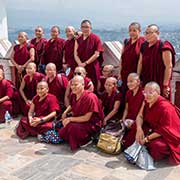Photos of Swayambhunath, an ancient religious hilltop complex, Nepal
Swayambhunath, an ancient religious hilltop complex
Swayambunath, atop a hill in the Kathmandu Valley, west of the city, is an ancient religious complex with a large stupa, the oldest of its kind in Nepal, with shrines and temples; some date back to the period of the Licchavi Kingdom (approximately 400 to 750 CE). Swayambhu means “self-existent one”, and the site, believed built by King Manadeva in 460 CE, had become an important centre of Buddhism by the 13th Century. It is revered by both Buddhists and Hindus.
you may then send it as a postcard if you wish.
According to Buddhist scriptures, the entire Kathmandu valley was once filled with an enormous lake, which grew a lotus. The valley became known as Swayambhu, meaning “Self-Created of its own accord”: an eternal self-existent flame was here, over which a stupa was later built. Ancient texts state that Swayambhu was founded at the beginning of the fifth Century CE by the Licchavi King Vrsadeva, the great-grandfather of King Manadeva (464–505 CE).
Swayambhu Mahachaitya, the main platform with the giant stupa, can be reached by a long staircase from the east. Five gilt Buddha shrines are at its dome-shaped base, representing the world. On top of this is a cube structure, with the eyes of Buddha looking in all four directions, representing Wisdom and Compassion; between them is the number one (in Nepal script), painted in the fashion of a nose, representing the unity of all things existing in the world as well as the only path to enlightenment through the teachings of Buddha. It is topped by a gilded pinnacle and umbrella, symbolising the heavens, royalty and protection.
Next to this Buddhist stupa are other shrines but also Hindu temples, like the gilded two-tiered pagoda of the Hindu Harati Devi’s temple, dedicated to the Hindu goddess of smallpox and other epidemics. On the other side of the stupa are Pratappur and Anantapur Anantapur, on either side of the Swayambhunath stupa. These are tall white temples in “shikar” style built by King Pratap Malla to celebrate his victory over Tibet in the 17th Century.
Below the main platform, to its west, is a Bajradhatu Chaitya at the southwestern entrance of Swayambunath, with two white Buddhist stupas and the Statue of Peace, a gilded Buddha statue within the World Peace Pond, among others. Further west is the Whochen Thokjay Choyaling Monastery complex. Many Rhesus macaque monkeys roam the site, living off the offerings left by devotees.


